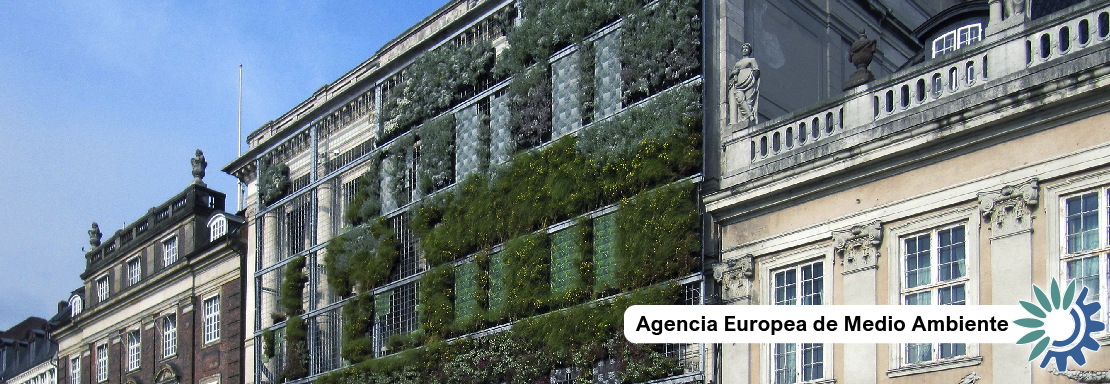The Altia-Tracasa Consortium develops the new data management system on the environment of the EU member countries
The consortium formed by Altia and Tracasa has announced the launch of the first version of the Reportnet 3.0 platform of the European Environment Agency (EAA) for the collection and management of environmental metrics from EU member countries. This system will allow reports detailing data such as air pollution, wastewater or noise to be treated in a more agile, safe and efficient manner.
Thanks to the evolution of the Reportnet 3.0 system, users have the possibility to graphically define and manipulate the data structures and validation rules of reports from each territory. These reports have a set of pre-established steps for reporting to the EAA, such as the definition of the report itself linked to its legal framework, automatic validations on the data collected, validation by the controller at an European level and,finally, their publication for use in other reports.
Until now, Reportnet 2.0 required new ad hoc development of storage structures, validation rules, data reception, etc.In addition, the management system itself for the large volume of data dumped caused long waiting periods.
The solution proposed by Altia-Tracasa supports the creation of databases that collect data for all the countries participating in the project, thus facilitating its storage and improving the agility of its management. So much so that the system seeks to ensure that every transaction respond in less than 400 milliseconds. In addition, for business and infrastructure services, an architectural system has been developed that allows, in the event that one of the services crashed another could continue to operate at the exact point where the other crashed.
Regarding the improvement of the security of the system, a series of controls have been established to guarantee that only the indicated persons can access specific resources, basing user authentication on the EuLogin system used by the EEA.

The following technologies have been used in the project:
- Java 8programming languages for the backend and JavaScript for the web part.
- Spring-Boot as base frameworks for the backend and React for the web.
- PostgreSQL as a relational solution.
- MongoDB as a NoSQL database for storing the dynamic schemes that govern different environmental reports.
- Apache Kafka for the asynchronous communication of the different services following an Event Oriented architectural pattern.
- Redis as a distributed cache system.
- Keycloak for User management (IAM solution) integrated through OpenId protocol with the EuLogin authentication server.
- Consul for distributed configuration of services, as well as solution for the implementation of Service registry/Service Discovery.
